I spend a lot of time thinking about how to learn more efficiently. Given the same amount of time and resources, how can we learn more?
While efficiency is beneficial, focusing too much on it can lead us to neglect the more important factor for learning success: the quantity of time spent learning.
Consider an activity like using flashcards to learn vocabulary in a new language. Focusing on efficiency, you would try to figure out the best way to learn each card. Should you study isolated words or embed each one in a sentence? One card or multiple per term? Use pictures or only words?
These are good questions to ask, but the gains from more efficient flashcards are dwarfed by the more important question of how many cards you study.
While learning Mandarin Chinese, I set a target to do 100 new flashcards per day, plus reviews. I had multiple cards per word, but this approach meant I could add twenty to fifty new words to my vocabulary daily, which made it possible to get up to a conversational level more quickly during my short stay in China.
This more-is-better approach isn’t limited to flashcards. The value of increasing throughput for learning is apparent everywhere:
- How many books you read per year (vs. trying to read the “right” books).
- How many essays you publish.
- How many practice exams you complete.
- How many times you rehearse a song.
- How many coding puzzles you solve.
- How many minutes of conversation you have in another language.
Efficiency takes the time available as fixed and assumes the best way to improve your learning outcome is by trying to find the most effective method. Throughput, in contrast, fixes the method and asks: how can I learn more?
While I typically fixate on learning efficiency, today, I’d like to consider some ways we can increase learning throughput.
1. Schedule large chunks of uninterrupted time.

The best method for doing a lot of something is to put it on your calendar. If you’re reluctant to put it on the calendar, you’ll be doubly reluctant to actually do the work.
This factor is a bigger “secret” of my learning success than I often discuss explicitly. When I did the MIT Challenge, I wrote a lot about my thoughts on efficient studying—but I was also studying 10-11 hours per day with minimal breaks.
Similarly, while Vat and my No English Rule was a useful technique for immersive language learning, learning the language was our full-time job. I devoted several hours a day in China just to studying the language, and that was on top of all the incidental usage while traveling in the country.
I think about this because I occasionally get questions asking how someone could replicate one of my projects while also working a full-time job. The implicit assumption seems to be that working full-time on something else wouldn’t prevent them from otherwise hitting the same timetable. I always struggled to understand that perspective, but it makes sense if you don’t realize how much work was involved behind the scenes.
Scheduling huge chunks of time for projects that aren’t central to my work or family life isn’t easy for me these days, but when a project demands it, I still schedule it first. I read over 100 books and more than 600 scientific papers for my new book, Get Better at Anything. I did this mainly by sitting down and reading all day for months and months.
2. Be aggressive about using fragmented time.
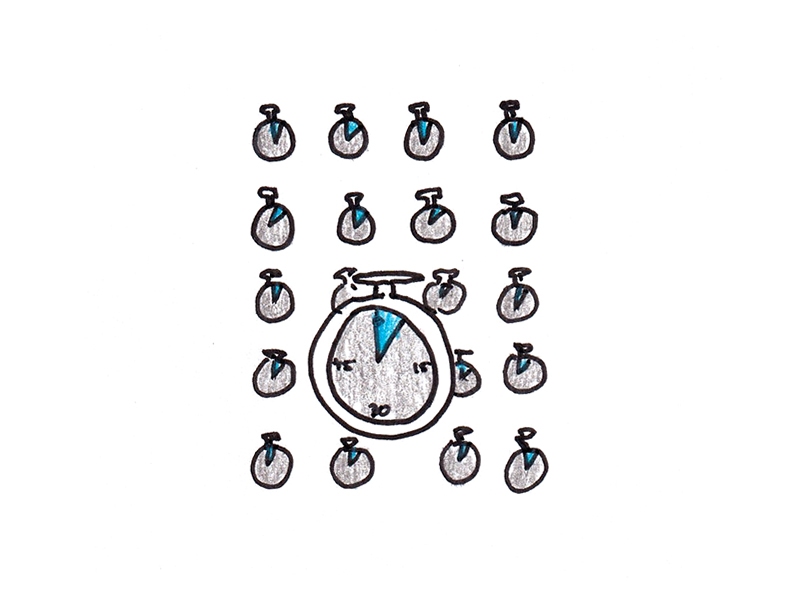
What can you do if your big chunks of time are already scheduled?
The next step is to make use of your unscheduled time. There are two major ways you can do that:
1) Swap your phone activities for something else.
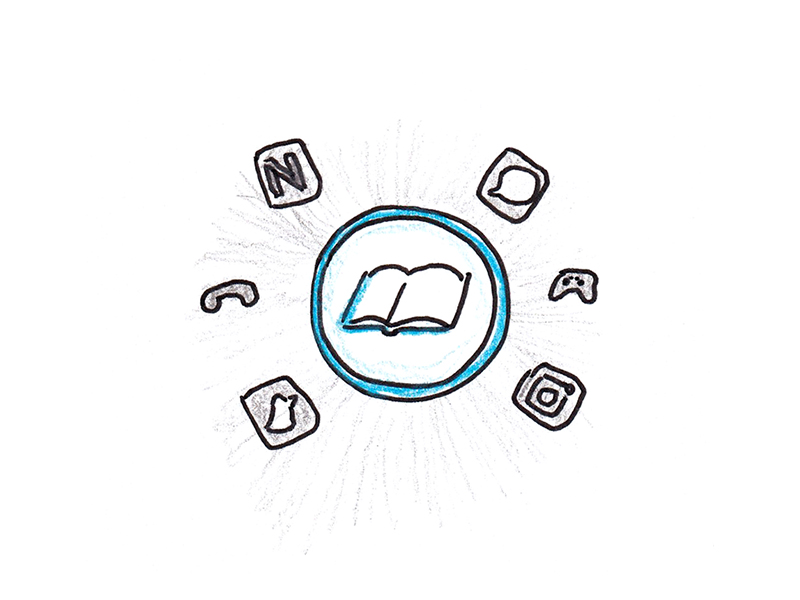
Being on a smartphone (or other device) consumes a lot of our time, often when there aren’t easy replacement activities. We check our phones while waiting in line at the store, when a friend leaves the restaurant table to use the bathroom, when sitting on the bus for our commute. That time isn’t usually allocable to the deep learning activities I mentioned in the first point, but it’s not entirely useless either.
Figuring out what you can do with that time—and being disciplined about using it—can add up to a big difference. Before Vat and my trip to China, I put in almost 100 hours learning Chinese, despite only scheduling about a dozen hours of actual studying time. Most of my practice came from using time fragments to study my flashcards.
Similarly, having the Kindle app on your phone can greatly increase the number of books you read, and downloading lectures to watch later on your phone can increase the number of lessons you view.
Typically, the main obstacle to achieving this is all the other things on your phone. If you have X (formerly Twitter) or Instagram, you’re not going to review flashcards. Thus, the best way you can plan out your time here is to cull any distracting apps so that the only things you can do with your phone to kill time are the things you actually care about.
2) Make projects and activities ready to go.
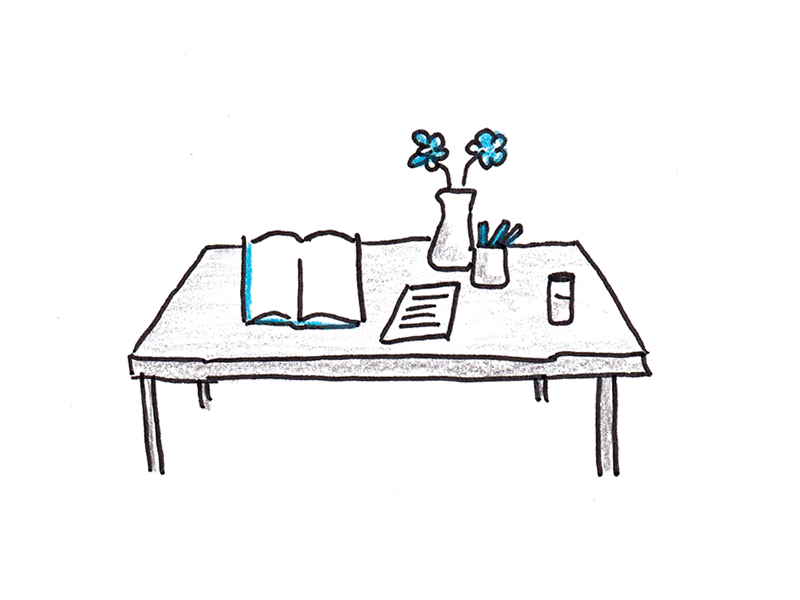
The other time fragments we can reclaim are periods of downtime during the day when we could be learning but aren’t inclined to. These are the times when we could watch Netflix, but could also read or practice programming or drawing.
The obstacle here is usually that the projects we might engage in have high energetic or logicstical costs to getting started. Once you are into the project, the learning task is often enjoyable enough to motivate you to keep going. But if you can’t get over that initial bump, especially if you’re tired at the end of the day, you’ll end up investing a lot less time.
You can fix this by making your activities ready to go. Having a dedicated space in my home for art projects has made it a lot easier to keep working on them (compared to when I had to set up and put everything away for each session). Similarly, I like to keep programming project windows open continuously when I’m working on a project, so all that’s required is a click to the working area. Finally, keeping lecture videos paused wherever you left off saves you from having to find the video—and where you left off—again. These things may sound trivial, but they can add hugely to how much you do.
I should note that my personal policy is to avoid this strategy for projects that are already heavily scheduled. If you’re already putting in several hours of deliberate studying, it’s best not also to imply that you could study whenever you have free time, as that tends to suck away energy from your actual schedule.
3. Make each iteration more efficient.

In an industrial context, a big part of increasing throughput is eliminating even trivial amounts of waste that occur on each assembled item. One of Henry Ford’s great insights was to switch the process from workers moving between cars, assembling each part, to having the cars move to each worker—the conveyor belt of the assembly line minimized the amount of time workers spent walking around.
Similarly, there are often steps you can take to reduce the inefficient, non-learning parts of your learning process.
Consider:
- Time spent choosing materials. This could be choosing what to draw, which words to memorize, which books or articles to read, or which practice problems to solve. A significant source of wasted time is simply deciding what to learn next. If you set up a queue and fill it with materials, you can avoid this kind of waste.
- Time spent idling within tasks. An underpainting needs to dry before you can touch it up. A machine learning model needs to be trained before you can debug it. You must wait your turn to ask the professor a question. You can eliminate these gaps with concurrent tasks or, if that’s not feasible, an alternative activity that complements what you’re working on (say, switching from practicing to reading).
- Time spent preparing materials. Creating flashcards, organizing your notes, downloading a developer environment, and printing off reading material are all part of the job of learning, but they don’t involve any active thinking that leads to learning. You can optimize these by batching similar tasks together, creating templates for future work or even ignoring the task entirely (for instance, I used to print papers to read them; now I do everything on my computer to save time).
An important caveat here is that while we want to make our learning cycles more efficient, we won’t do that by shortcutting the learning process. Memorizing a solution you don’t understand, rushing through a process quickly and carelessly when your goal is accuracy, or using materials with mistakes without taking the time to fix them can lower your learning throughput, even as you superficially accelerate the pace.
4. Make learning more enjoyable.
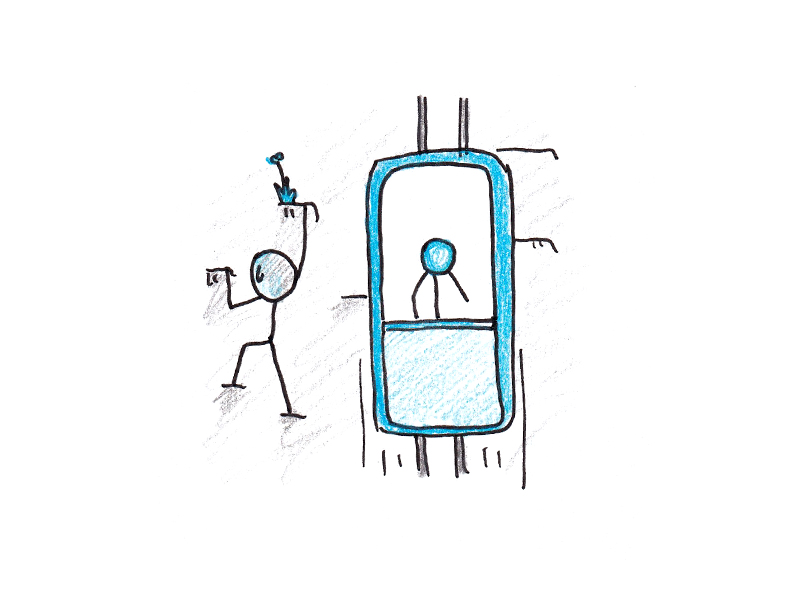
There’s a basic connection between fun and throughput: It’s easier to motivate yourself to do enjoyable tasks than those that feel grinding or boring. Since motivation, not time, is most often what’s in short supply, making learning more fun can automatically increase involvement.
I’ve written a separate essay on how to make learning more fun without sacrificing efficiency. Briefly, optimizing difficulty for a high success rate, finding ways to make the subject more meaningful, and rewarding yourself frequently are all ways to make an activity pleasurable enough that it doesn’t require excessive discipline to execute.
5. Decide what you’ll do less of, in order to learn more.
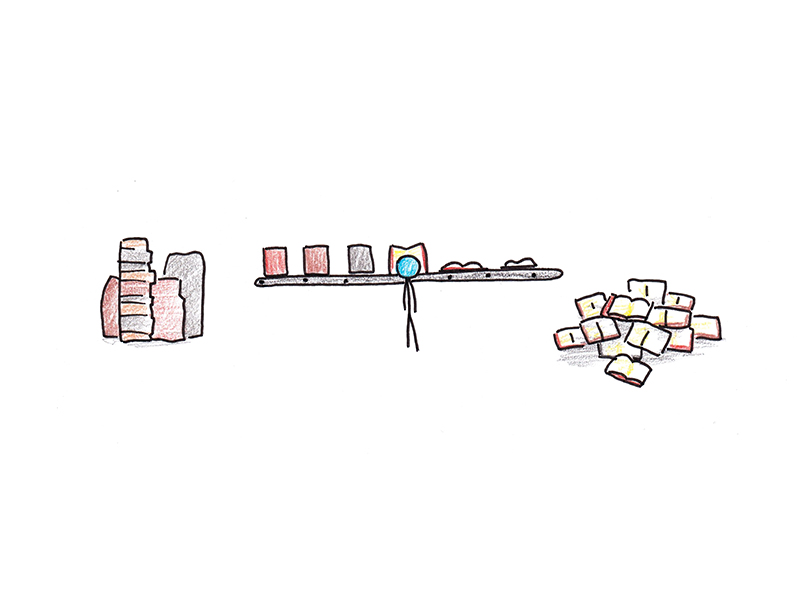
Discussing trade-offs between different, worthwhile activities is taboo in self-improvement advice. The implication is that you should be exercising, socializing, meditating, journaling, hustling, traveling, spending quality time with your family and drinking sixteen glasses of water every day.
Except that’s impossible. You can’t actually do everything, and the people who appear to be doing everything usually aren’t either.
Instead, the decision to learn more is always a decision to do less of something else. While sometimes this trade-off doesn’t cause meaningful value conflicts (I don’t miss social media at all, for instance), that’s not always the case. The decision to spend more time reading books, for example, might mean less time spent following the news. Or the decision to learn a language might mean there aren’t thirty minutes in your day for meditation.
Sometimes the trade-off is between the things you intend to learn. After having kids, I deliberately chose to stop scheduling regular conversation practice for the languages I had learned. I felt bad about it, partly because maintaining a conversational level in these languages was important to me. However, if I insisted on scheduling multiple hours a week to maintain my prior learning projects, I would prevent myself from learning other things, which I value more.
The need to accept trade-offs is one reason I like learning projects with defined timelines, rather than habits that continue indefinitely. It’s easier to commit to working on your French, JavaScript or public speaking skills if the timeframe is four months rather than a perpetual commitment.
Still, I think more of us would be better off if we make these trade-offs explicit, rather than making them thoughtlessly and feeling guilty about it afterward.
Those are my suggestions—what are yours? What do you do to maximize the amount of learning in your life? Share your thoughts in the comments!


 I'm a Wall Street Journal bestselling author, podcast host, computer programmer and an avid reader. Since 2006, I've published weekly essays on this website to help people like you learn and think better. My work has been featured in The New York Times, BBC, TEDx, Pocket, Business Insider and more. I don't promise I have all the answers, just a place to start.
I'm a Wall Street Journal bestselling author, podcast host, computer programmer and an avid reader. Since 2006, I've published weekly essays on this website to help people like you learn and think better. My work has been featured in The New York Times, BBC, TEDx, Pocket, Business Insider and more. I don't promise I have all the answers, just a place to start.